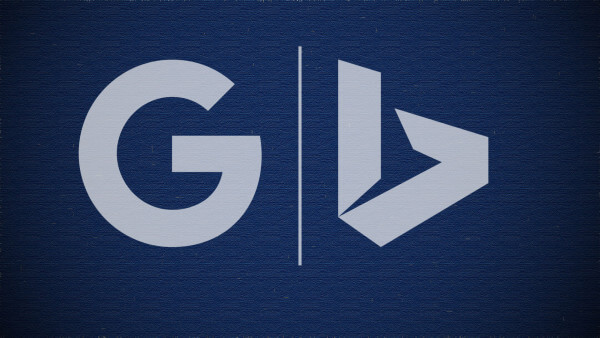If you haven’t set up manual sitelink descriptions in non-brand campaigns, yet, you may not like what you see.
Dynamic sitelinks have been around for many years in both Google Ads and Bing Ads. They can show with your ads if you haven’t set up manual sitelinks.
But, there’s a twist.
The engines may show dynamically generated descriptions if you’ve only added sitelink text (the part that is hyperlinked) — and not accompanying descriptions — in your accounts.
Glenn Eckett, head of search for Solopress, noticed instances of dynamic sitelink descriptions showing with less-than-impressive outputs. One dynamic sitelink description read, “Check the Product’s Description. en.” Yuck.
Times have changed, and now it’s common to see full sitelinks with descriptions in the top ad position on all kinds of non-branded queries.
 To do a quick spot check of whether you’ve got dynamic sitelink information showing with your ads, see the Automated Extension reports in Google Ads and Bing Ads.
To do a quick spot check of whether you’ve got dynamic sitelink information showing with your ads, see the Automated Extension reports in Google Ads and Bing Ads.
There are a couple of things you can do to keep dynamic sitelink descriptions from showing with your ads.
- Populate all of your manual sitelinks with descriptions. This is recommended, because Google and Bing will show manually-added sitelink text and descriptions when they are available in an account. Importantly, Google factors in the expected impact of ad extensions in ad rank calculations. If you opt out of dynamic sitelinks (option two, described below) and don’t have full manual sitelinks, that can impact ad rank and hurt performance.
- Opt out of dynamic sitelinks. This is not recommended for most accounts (there are exceptions). However, you might use this as a temporary solution while you work on populating manual sitelink descriptions. It’s not a great long-term choice because of the ad rank implications.
- If you do want to opt out, here’s how: In Bing Ads, you’ll need to contact support or your account rep if you have one. In Google Ads, the opt-out is in the UI, but tricky to find. From the Automated Extensions tab on the Ads & extensions window, click the three-dot menu icon on the far right and select Advanced options. You can opt out at the account level, or if you’re looking for a more finely-tuned approach, you can opt out at the campaign or ad group level.


